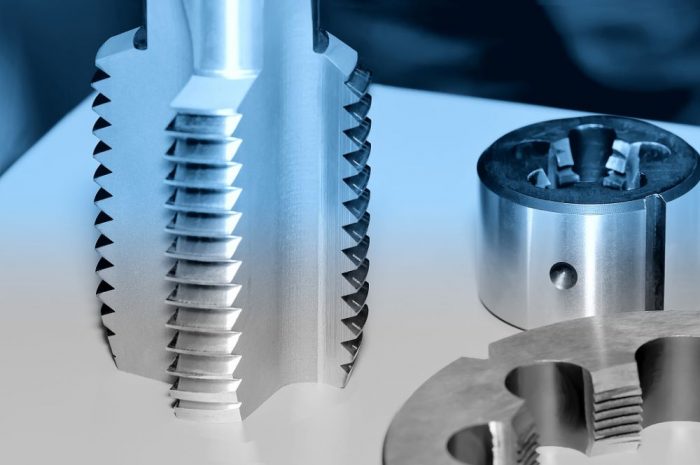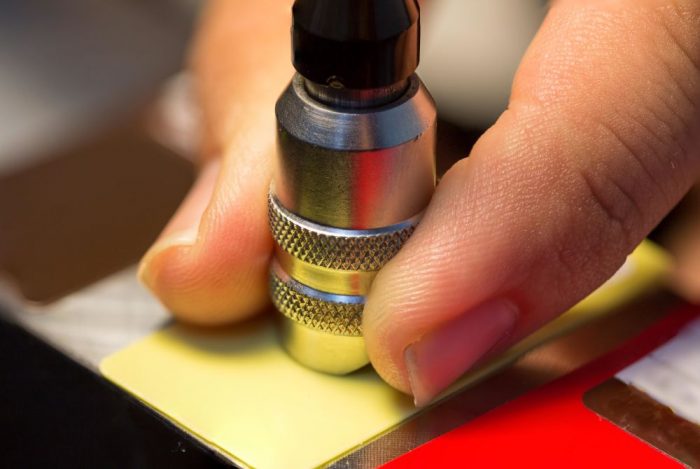Metrology is the scientific study of measurement and it ensures that the calibrated CMMs deliver precise and accurate results with provable validity. The purpose of metrology is to maintain measurement standards while developing new methods of measurement and ensuring that these methods are standardized and accepted around the world.
CMM calibration artifacts are important tools in metrology and have consistently been used to check for the quality of CMMs. Here are some reasons why they have been hugely important.
Ensures Accuracy
CMM calibration artifacts play an important role in metrology as they ascertain the measuring accuracy of the CMM. This ensures the performance and quality of the CMM and its ability to deliver precise and reliable measuring results.
This is done through the measurement process which assigns values to the property of an artifact and uses that as a benchmark for comparison against the measurement values of the CMM. The CMM calibration artifact thus helps to reduce or eliminate any bias and discrepancies in the measurement system of the CMM relative to the benchmark.
Verified and Traceable
Calibration artifacts, as the name suggests, have been calibrated. They are also traceable and all their measurements have been previously verified in the laboratory via a documented process, resulting in the calibrator’s drift errors being eliminated.
This makes them an excellent tool to calibrate CMMs and for their values to be used as a reference base to that of the CMM’s measurement values. This further eliminates any uncertainties or doubts about the precision of the measurements of the artifact.
Ensures Longer Life Span of CMM
CMM calibration artifacts also help to ensure a long instrument life span of the CMM. The CMM will wear down over time and much faster if used frequently. Rather than throwing away the CMM and replacing it every time it stops providing accurate measurements, you can use the calibration artifact to calibrate its measurements back to the correct levels. This is critical to the metrology and measurement precision of the CMM.
It also extends the life span of your CMM and prevents unnecessary expenditures while cutting costs. Moreover, the calibration artifact can also help you monitor the rate of degradation of the CMM and track other factors such as frequency of usage or environmental pressures that lead to faster wear and tear of the CMM.
Using this information, you can make the necessary adjustments to mitigate these factors and prevent extended wear and tear of the CMM. This ensures that your CMM is kept in a better condition for longer.
Increased Safety
Metrology ensures predictable performance from your measurement tools such as the CMM. Another way calibration artifacts are hugely important to metrology is because they help to increase the safety of CMMs through calibration, by ensuring the CMMs measurements are consistent and precise.
Minor inaccuracies may result in the CMM working incorrectly or false information about the safety of a certain product. Through regular calibration of the CMM via a calibration artifact, the CMM’s measurements will be more reliable and accurate, while also reducing unsafe situations.






